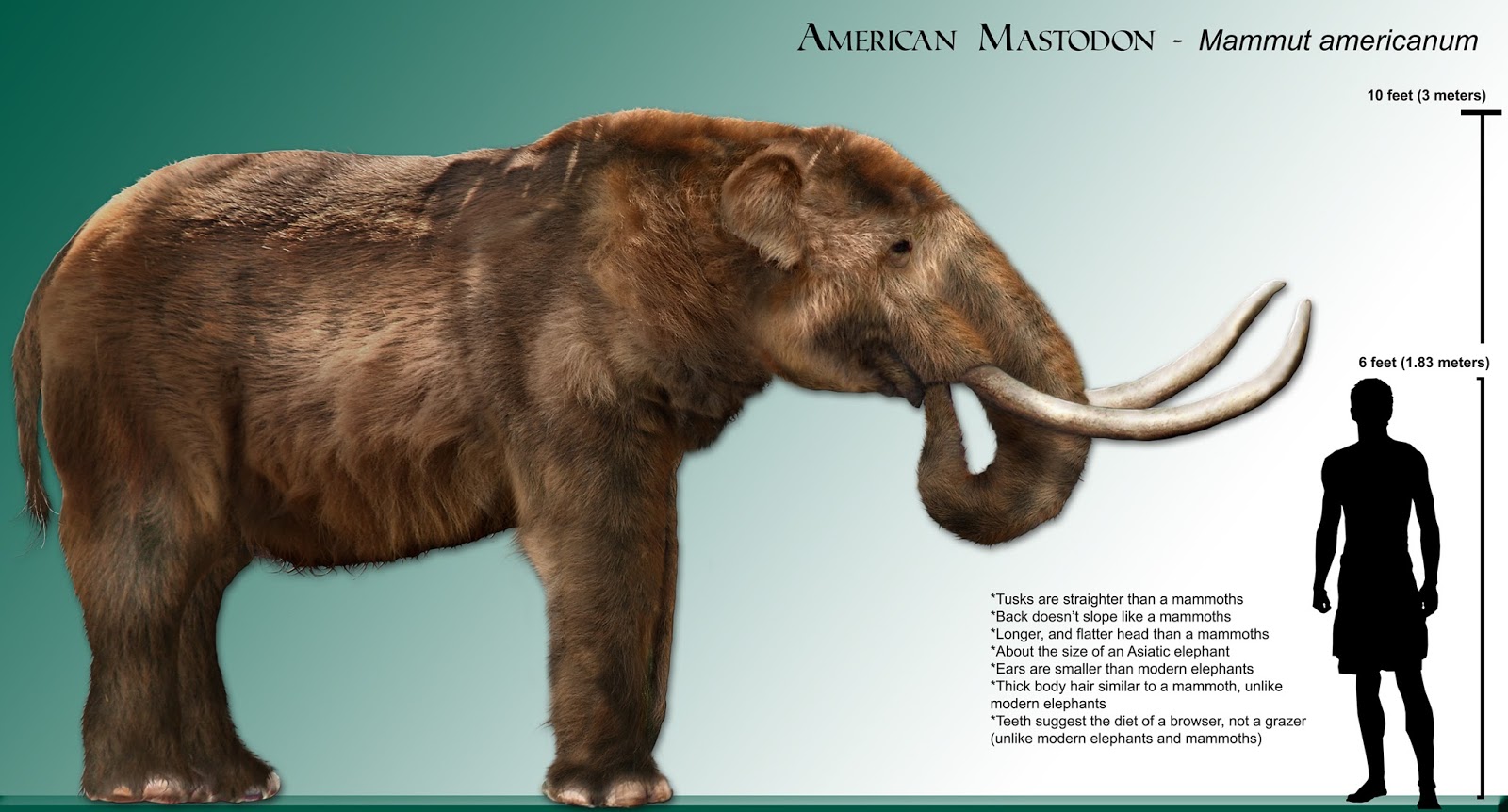

Radiocarbon dating has been performed on bones from significant faunal elements collected during palaeontological excavation inside the Cangahua Formation near Bolivar (Province of Carchi) and in the Punı́n area (Province of Chimborazo) (Fig. The sites selected lie in north and central Ecuadorian Cordillera. This work reports on our efforts to date, using 14C methods, the most significant stages of the crisis which affected the megafauna in terms of absolute age.

In the above paper the chronological data were expressed in terms of relative age. Contained in this hypothesis is a scenario where mastodonts first suffered from the changing climate environment, followed by the mylodonts and equids.

This is consistent with the available palynological data. We have previously published our position stating that the human impact produced only minor effects (Ficcarelli et al., 1997). Some researchers emphasize hunter-gatherer humans as the main or as an additional cause of this extinction (among others Bryan et al., 1978 Guérin et al., 1993 Politis et al., 1995) while others regard this extinction as the reflex of the dramatic climate changes which developed during the Last Glacial Maximum and earliest Holocene (among others Van der Hammen, 1981 Van der Hammen and Absy, 1994 Salazar, 1993). This extinction-without-renewal has been object of many speculative hypotheses. With respect to South America, among herbivores, only camelids, tapirs and some cervids survived. In the Americas the event is particularly dramatic as Proboscidea, Xenartrs, Equids and some carnivores became extinct. In Eurasia and the Americas many of the megafauna disappeared at the Pleistocene–Holocene transition and their ecological niches were not reoccupied.


 0 kommentar(er)
0 kommentar(er)
